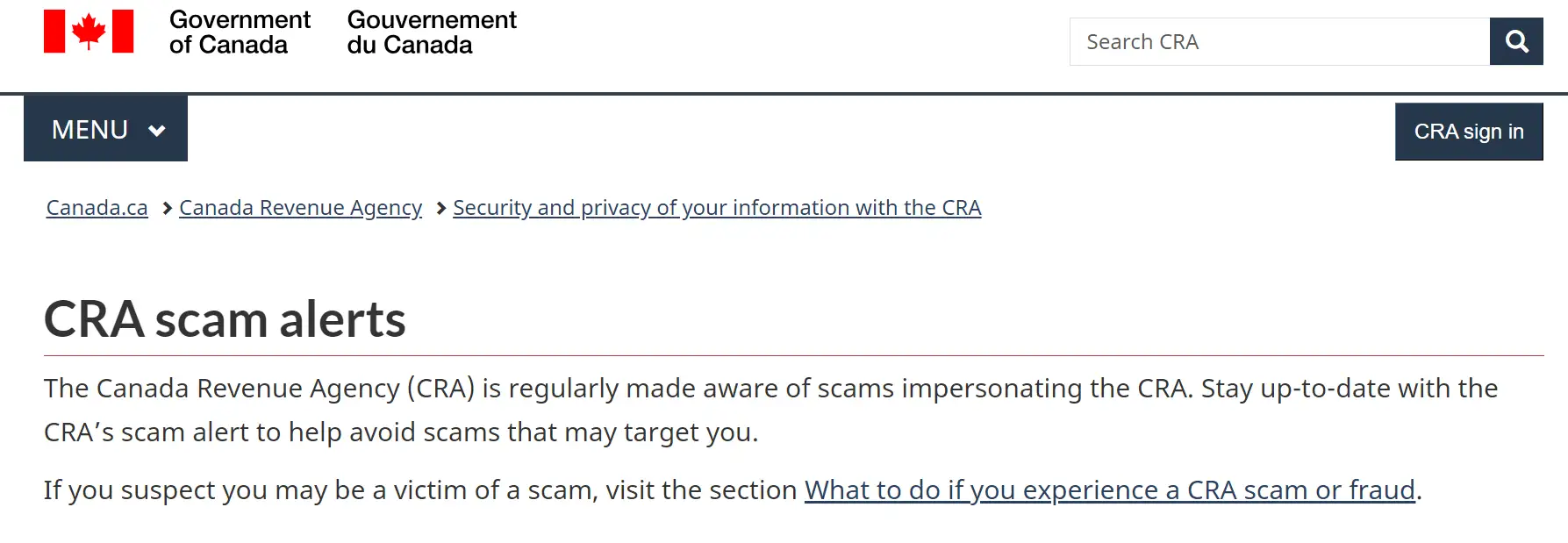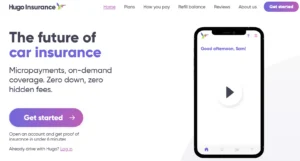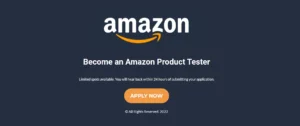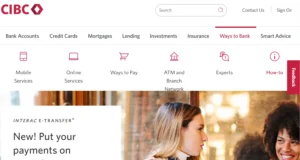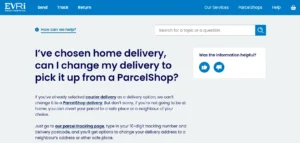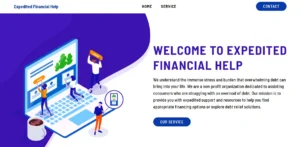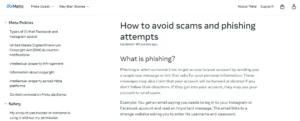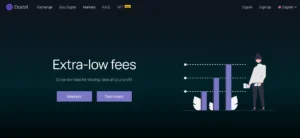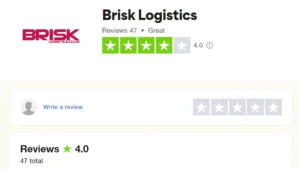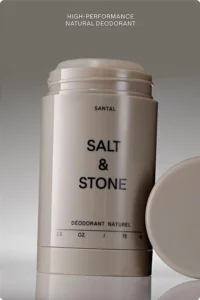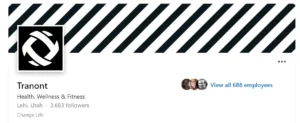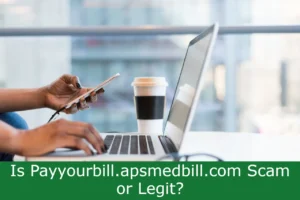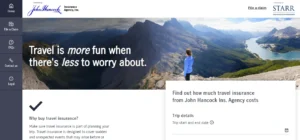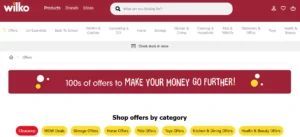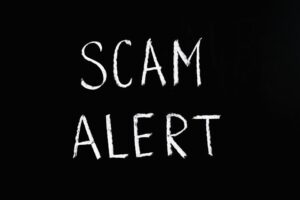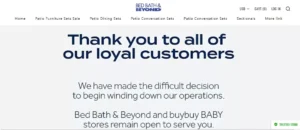Cra Inflation Aid Scam – Are you aware of the latest scam tactic? Scammers are now sending phishing messages, impersonating the CRA, and offering refunds.
It’s crucial to recognize the signs of a fraudulent message to protect yourself. In this article, we will guide you on how to identify and avoid the inflation aid scam.
Stay informed and learn how to report any scam attempts while seeking assistance. Don’t fall victim to this dangerous scheme.
Table of Contents
The New Tactic: Phishing Messages Offering Refunds
You will frequently receive phishing messages offering refunds. Scammers have found a new tactic to lure you into their web of deceit. These messages will often claim to be from a reputable company or organization, such as your bank or a government agency.
They’ll use cleverly crafted language and design to make it seem like a legitimate request for a refund. They may even provide a link for you to click on to start the refund process.
But be warned, clicking on that link could lead to disastrous consequences. It could redirect you to a fake website where your personal and financial information could be stolen. Remember, legitimate companies and organizations will never ask you to provide sensitive information through email.
Stay vigilant and always verify the source before taking any action.
How Scammers Impersonate the CRA
When impersonating the CRA, scammers will employ various tactics to deceive and manipulate unsuspecting individuals.
One common way they do this is by making phone calls and pretending to be CRA agents. They may use caller ID spoofing to make it appear as though the call is coming from a legitimate CRA number. During these calls, scammers will often use aggressive and threatening language to intimidate their victims into providing personal and financial information.
Another tactic scammers use is sending phishing emails that appear to be from the CRA. These emails often contain official-looking logos and wording, making them appear legitimate. They’ll typically ask the recipient to click on a link or provide personal information, such as their social insurance number or banking details.
It’s important to remember that the CRA will never ask for personal information through email or phone.
Recognizing the Signs of a Fraudulent Message
One key sign of a fraudulent message is if it asks for your personal information, such as your social insurance number or banking details. Legitimate organizations, like the Canada Revenue Agency (CRA), will never request sensitive information through email or text. Be cautious of messages that claim to be from the CRA and ask for personal details.
Another red flag is poor grammar and spelling errors in the message, as scammers often make mistakes. Additionally, be wary of messages that create a sense of urgency, pressuring you to act quickly. Legitimate organizations won’t rush you into providing personal information or taking immediate action.
If you receive a suspicious message, it’s best to delete it and report it to the proper authorities. Remember, your personal information is valuable, so stay vigilant and protect yourself from fraud.
Protecting Yourself From the Inflation Aid Scam
Be vigilant and take steps to protect yourself from the inflation aid scam.
First and foremost, always be cautious of unsolicited messages, especially those that claim to offer a refund. Remember that the Canada Revenue Agency (CRA) will never contact you via email or text message to request personal or financial information.
If you receive a message that seems suspicious, don’t click on any links or provide any sensitive information. Instead, independently verify the legitimacy of the message by contacting the CRA directly through their official website or phone number.
Additionally, keep your computer and mobile devices updated with the latest security patches and antivirus software to help protect against phishing attempts.
Reporting and Seeking Assistance for Scam Attempts
You should immediately report any scam attempts to the appropriate authorities and seek assistance to protect yourself and others. Reporting scams is crucial in helping to prevent others from falling victim to similar fraudulent activities.
If you receive a phishing message offering a refund or any suspicious communication related to the Cra Inflation Aid Scam, it’s important to report it to the Canadian Anti-Fraud Centre (CAFC). The CAFC is a national organization that collects information and intelligence on scams and frauds and provides support to victims. You can contact them through their toll-free number or submit a report online.
Additionally, you should inform your local law enforcement agency about the scam attempt. Seeking assistance from the appropriate authorities won’t only help protect yourself but also contribute to the efforts in combating scams and holding the scammers accountable.
Frequently Asked Questions
How Can Scammers Use Phishing Messages to Impersonate the Cra?
Scammers can use phishing messages to impersonate the CRA by sending fake refund offers. They aim to deceive you into sharing personal information or clicking on malicious links.
Be cautious and avoid falling for their tricks.
What Are Some Common Signs of a Fraudulent Message Related to the Inflation Aid Scam?
Some common signs of a fraudulent message related to the inflation aid scam are: – Misspellings – Grammatical errors – Urgent requests for personal information or payment – Suspicious email addresses – Links that don’t match the official CRA website.
How Can Individuals Protect Themselves From Falling Victim to the Inflation Aid Scam?
To protect yourself from the inflation aid scam, there are a few important steps to take:
- Be cautious of any unexpected messages offering refunds. Scammers often send out unsolicited messages claiming to offer refunds for various reasons. These messages may come through email, text messages, or even social media platforms. It’s important to be skeptical of any message that you were not expecting.
- Don’t click on suspicious links. Scammers often include links in their messages that lead to fake websites or ask you to download malicious software. These links can be disguised as legitimate websites or services, so it’s important to avoid clicking on them. If you’re unsure about a link, it’s best to err on the side of caution and not click on it.
- Avoid providing personal information. Scammers may ask for personal information, such as your Social Security number, bank account details, or passwords, in order to process the supposed refund. Never provide this information to anyone you don’t trust. Legitimate organizations will never ask for sensitive information over email or text messages.
- Report any suspicious messages to the authorities. If you receive a message that you believe may be part of an inflation aid scam, it’s important to report it to the relevant authorities. This can include local law enforcement, your country’s consumer protection agency, or the organization that the scammer claims to represent. By reporting these scams, you can help protect others from falling victim to them.
What Steps Should Be Taken if Someone Receives a Phishing Message Offering a Refund From the Cra?
If you receive a phishing message offering a refund from the CRA, don’t click on any links or provide personal information. Report it to the CRA and delete the message to protect yourself from falling victim to the scam.
Phishing messages are fraudulent attempts to obtain sensitive information, such as usernames, passwords, and credit card details, by disguising as a trustworthy entity. In this case, the scammer pretends to be the Canada Revenue Agency (CRA) and offers a refund to lure victims into clicking on malicious links or providing personal information.
Clicking on these links can lead to malware infections on your device or direct you to fake websites designed to steal your personal information. It’s crucial to remember that the CRA would never request personal information, such as social insurance numbers or banking details, through email or text messages.
If you receive a suspicious message claiming to be from the CRA, it’s important to delete it immediately to avoid accidentally clicking on any links. Additionally, report the phishing attempt to the CRA by forwarding the message to phishing@CRA-ARC.gc.ca. This helps the agency take appropriate measures to prevent further scams and protect other individuals from falling victim.
To stay safe from phishing attempts, it’s essential to be cautious and verify the authenticity of any communication before taking any action. This can include checking the email address or phone number used to contact you, independently contacting the organization to confirm the message’s legitimacy, or visiting the official website directly rather than clicking on any provided links.
What Resources Are Available for Individuals Who Have Been Targeted by the Inflation Aid Scam and Need Assistance or Want to Report the Scam Attempt?
If you’ve been targeted by the inflation aid scam and need help or want to report the scam attempt, there are resources available to assist you.
Reach out to the authorities and financial institutions for support.
Conclusion – Cra Inflation Aid Scam
In conclusion, it’s crucial to stay vigilant and cautious when it comes to phishing scams, especially those involving the CRA. Be aware of the signs of a fraudulent message and never provide personal or financial information to unknown sources.
By protecting yourself and reporting any scam attempts, you can help prevent others from falling victim to the inflation aid scam.
Stay informed and stay safe.
Also Read
Is Bally Fashion Legit or a Scam? Unveiling the Secrets
Peak Associates Recruitment Scam – Don’t Fall Victim!
Hrnetone Scam – Don’t Fall Victim to Job Email Phishing
Also Read
Hotter Shoes Factory Clearance UK Sale Scam Exposed
Lhr Recruitment and Retention Scam – Don’t Fall Victim!
Carhistorylog.Com Legit or a Scam? Don’t Be Fooled!
Also Read
Upstream Rehabilitation Scam Exposed: Don’t Fall Victim!
Tumi Leather Backpack Scam Exposed – Don’t Get Duped!
Is Rebate Gateway Legit or a Scam? Eye-Opening Insights
Also Read
Is Wonshape Legit or a Scam? Don’t Miss This Revealing Article
Ea Fc 24 Ultimate Edition Scam – Don’t Be the Next Victim!”
Eq Unify Scam – Scam Mail Targeting Inactive Shareholders!
Also Read
USPShf Scam – USPS Package Scam Text Message
Cleverine Online Scam – Unmasking Cleverine.Online
Splisense Scam Exposed – Don’t Be The Next Victim
Also Read
Quickhirejobs.Com Scam or Legit? Don’t Fall Victim
Cobo Accounting Services Scam – Stop Falling into Their Deceitful Trap
Insight Global Recruitment Scam – Don’t Be Fooled
Also Read
Bondswearsale Scam or Legit? Don’t Fall Victim!
Melomint Scam – A Company Is Charging $107,008 for Playlist
National Student Clearinghouse Scam – Data Breach Using MOVEit Software
Also Read
Ste Anne Variety Scam Exposed – Don’t be Fooled!
Accept Recruitment UK Scam – Don’t Fall for This Sneaky Phishing
Linkt Corporation Scam – Don’t be Fooled by Text Call Email Tricks!
Also Read

